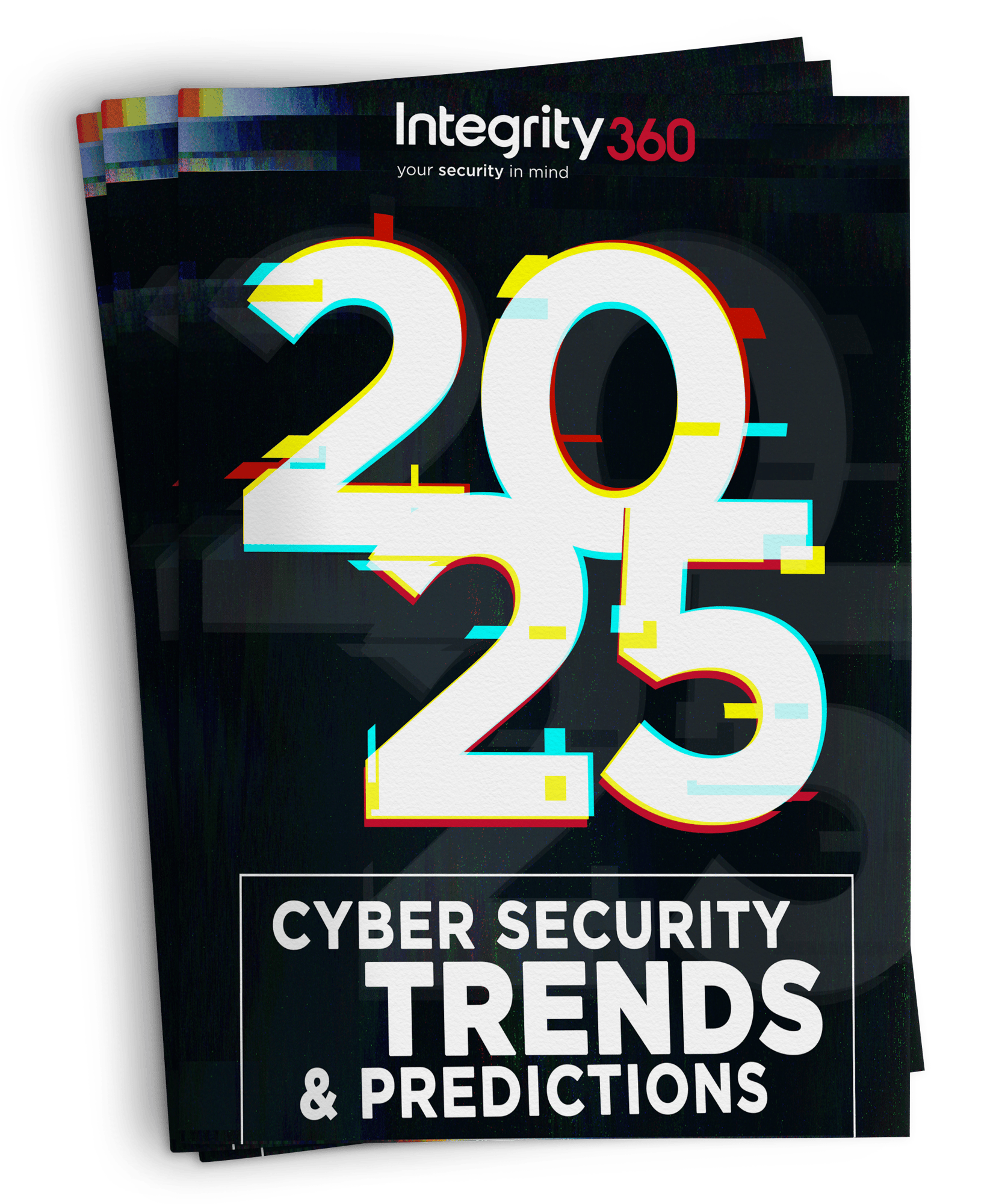CVE-2021-43226 is a local privilege-escalation vulnerability in the Microsoft Common Log File System (CLFS) driver that allows a local, authenticated attacker with standard user privileges to trigger a buffer-overflow in CLFS and obtain SYSTEM level code execution. CISA has confirmed evidence of active exploitation and placed the CVE in its KEV catalog. Organizations must prioritize patching and apply mitigations immediately.
Impact
- Successful exploitation grants an attacker SYSTEM privileges on a vulnerable host, enabling full control of the system and facilitating data theft, lateral movement, persistence, or deployment of ransomware.
- Because the vulnerability requires only local access, attackers commonly chain it with initial foothold techniques (phishing, RCE bugs, compromised accounts) to escalate privileges across enterprise systems.
Affected products / versions
Affected platforms include various Windows releases such as Microsoft Windows 10 (all versions), Microsoft Windows 11 (all versions), Windows Server 2016, Windows Server 2019, Windows Server 2022, Windows Server 2008 R2 SP1, Windows 7 SP1
Exploit prerequisites / PoC (high-level)
- Prerequisites: Local access to the target host (attacker needs to execute code on the machine). Authenticated (standard) user privileges are sufficient to exploit.
- PoC (high-level, non-actionable): Public proof-of-concept exploit code has been reported circulating, increasing exploitation risk.
Recommended immediate actions
- Patch immediately
- Apply Microsoft’s security updates for CVE-2021-43226 via Windows Update, WSUS, or your enterprise patch management system. Prioritize domain controllers, file servers, jump boxes, administrative hosts, and any systems where users or attackers can obtain code execution.
- Follow CISA / BOD 22-01 guidance (if applicable)
- Federal agencies and organizations subject to CISA BOD 22-01 should follow required timelines and reporting procedures.
- Temporary mitigations (if patching is delayed)
- Use Application Control (AppLocker / WDAC) to block untrusted executables and unapproved code execution.
- Enable Windows Defender Exploit Guard / Controlled Folder Access and harden endpoint posture to reduce chance of local code execution.
- Limit local administrator rights and audit accounts with local logon permissions.
- Isolate compromised or high-risk hosts
- If you suspect compromise or successful exploitation, isolate affected hosts from the network, collect full forensic images and preserve relevant logs before remediation.
Detection and hunting guidance
Events and artifacts to monitor / hunt for
- Suspicious creation or modification of CLFS log files and activity related to CLFS components (driver clfs.sys or CLFS API usage) ; related DLLs like clfsw32.dll). Monitor for anomalous operations referencing these components.
- EDR/Sysmon events indicating unexpected process creation from low-privilege contexts to privileged processes.
- Event IDs to review (examples): authentication and object access events (monitor for unusual privilege escalations). Event IDs such as 4656 and 4658 for unauthorized file access attempts.
Suggested EDR / SIEM search ideas
- Process creation where ParentImage is a user process and Image attempts to load clfs.sys or interact with CLFS APIs.
- File creations/reads of CLFS log file locations by non-standard processes.
- Sudden addition of services or scheduled tasks correlated with low-privilege user process activity.
Response checklist
- Inventory: Identify all Windows hosts and map patch status against Microsoft’s CVE-2021-43226 updates.
- Patch: Deploy vendor patches immediately and verify installation.
- Mitigate: Apply application control policies and Exploit Guard where immediate patching isn’t feasible.
- Hunt: Run detection queries for CLFS-related activity and privilege escalation indicators.
- Isolate & Investigate: If exploitation is suspected, isolate hosts, preserve evidence, and conduct forensic analysis.
If you are worried about any of the threats outlined in this bulletin or need help in determining what steps you should take to protect yourself from the most material threats facing your organisation, please contact your account manager, or alternatively Get in touch to find out how you can protect your organisation.






